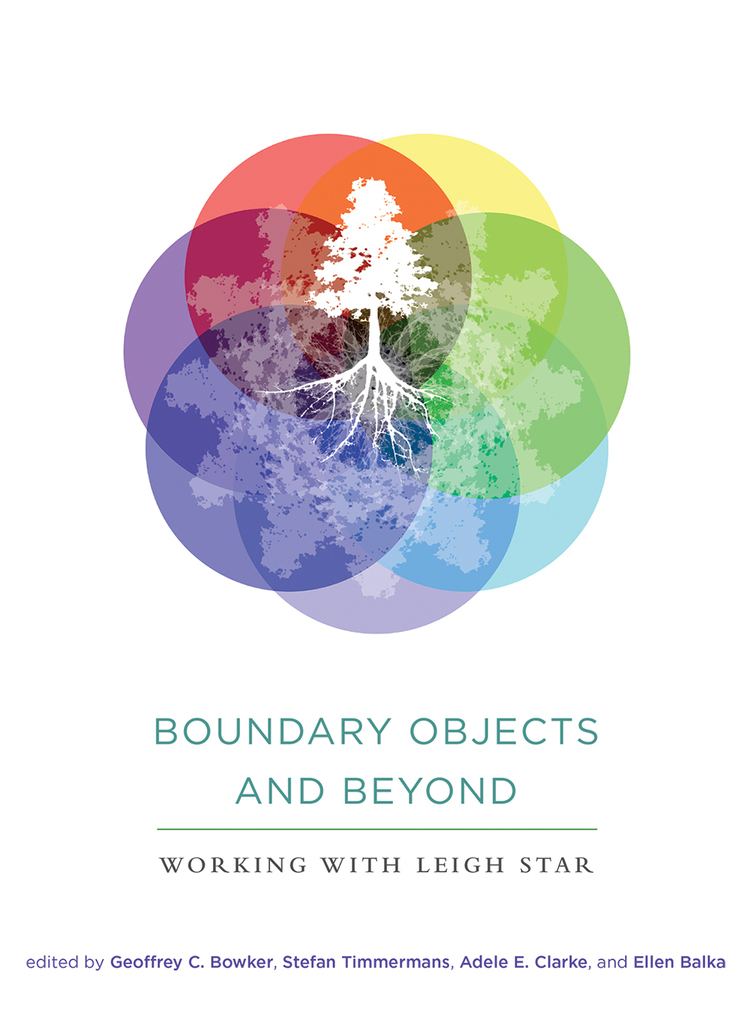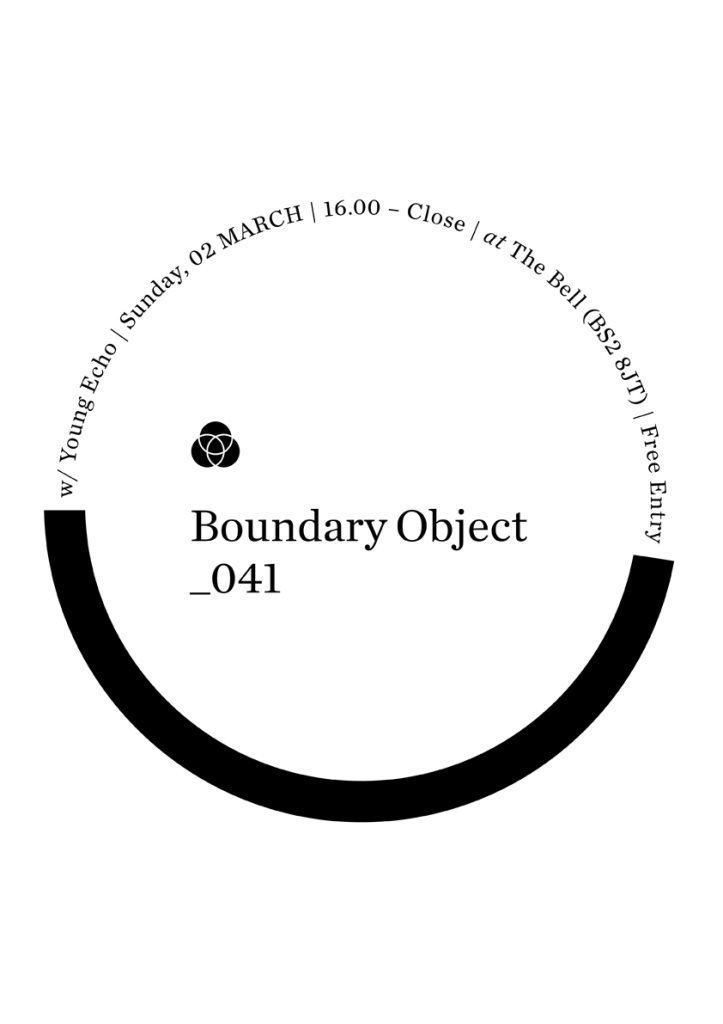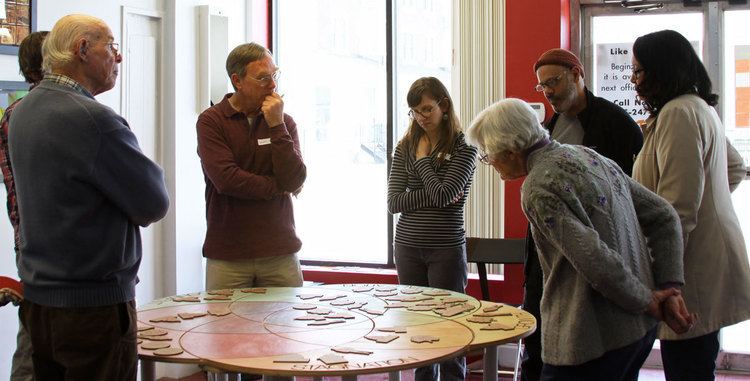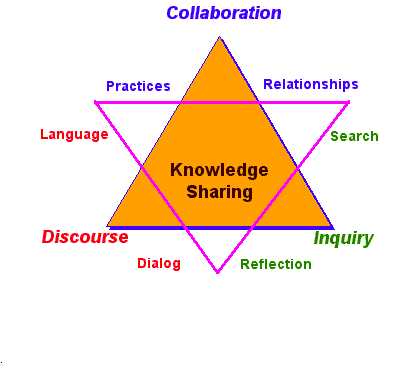 | ||
Boundary objects for effective communication
In sociology, a boundary object is information, such as specimens, field notes, and maps, used in different ways by different communities. Boundary objects are plastic, interpreted differently across communities but with enough immutable content to maintain integrity. The concept was introduced by Susan Leigh Star and James R. Griesemer in a 1989 publication (p. 393):
Contents
- Boundary objects for effective communication
- Boundary object introduction
- Other views of boundary objects
- Criticisms of the concept
- References

In their article, Star and Griesemer describe the importance of boundary objects and methods standardization in the development of the Berkeley Museum of Vertebrate Zoology. Some of the boundary objects that they list include specimens, field notes, and maps of particular territories. These objects interact with members of various social groups (including amateur collectors and museum professionals) but are used to very different ends by each (p. 408):.
This paper has since been widely cited and the concept of a boundary object has been adopted in both computer science (particularly computer supported cooperative work), information science and management. Geoffrey Bowker and Star developed the concept further in the book Sorting Things Out: Classification and Its Consequences.

Boundary object introduction
Other views of boundary objects

Boundary objects are said to allow coordination without consensus as they can allow an actor's local understanding to be reframed in the context of a some wider collective activity. Similarly, Etienne Wenger describes boundary objects as entities that can link communities together as they allow different groups to collaborate on a common task.

Charlotte Lee has extended the concept of the boundary object to consider periods of unstandardized and destabilized organization where objects are transient and changing, which she coins as "boundary negotiating artifacts".
Alex Juhasz and Anne Balsamo evoke the idea of learning objects (drawn from contemporary learning theory) to develop the concept of "boundary objects that learn," or BOTLs. This understanding of boundary objects acknowledges their role in the meaning-making process and in communication across social groups. However, it also emphasizes the fact that human users of boundary objects, especially those with access to digital technologies, can modify those objects to meet their needs.
Criticisms of the concept
Kimble, Grenier and Goglio-Primard criticise the notion of boundary objects that is usually found in the literature as being too mechanical and ignoring the effect of intergroup politics and local conditions. They argue that boundary objects need to be seen in context of the motivations of the people that choose the object as well as their communicative role.
Isto Huvila, using the example of archaeological reports, argues that the creation of boundary objects is always to some degree an expression of hegemony. As such, boundary objects cannot be viewed as politically neutral or necessarily consensual.
